Sun's Hidden Poles to Yield Long-Sought Secrets with Upcoming SPO Mission
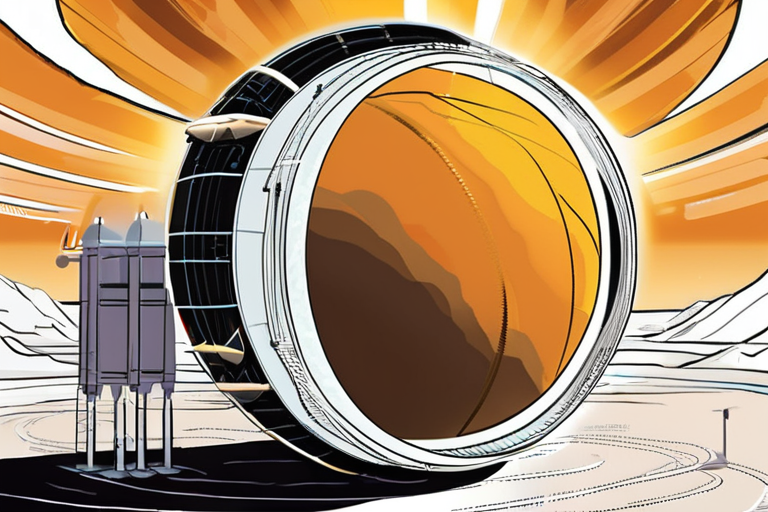

Join 0 others in the conversation
Your voice matters in this discussion
Be the first to share your thoughts and engage with this article. Your perspective matters!
Discover articles from our community
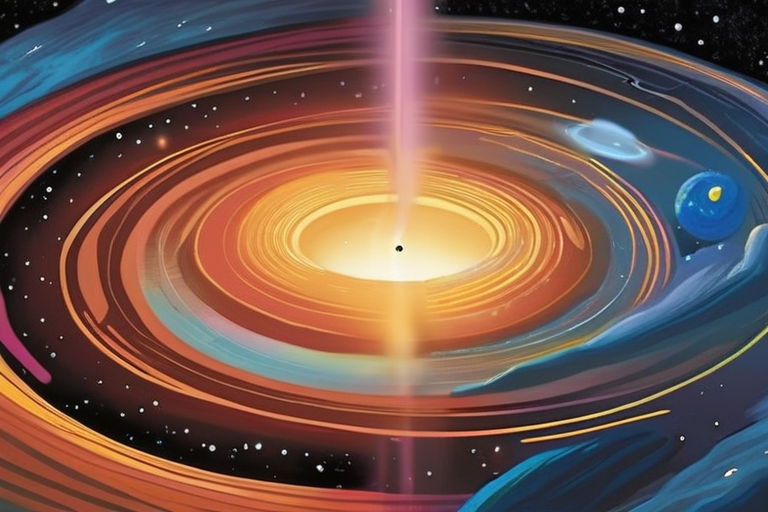
 Hoppi
Hoppi

 Hoppi
Hoppi
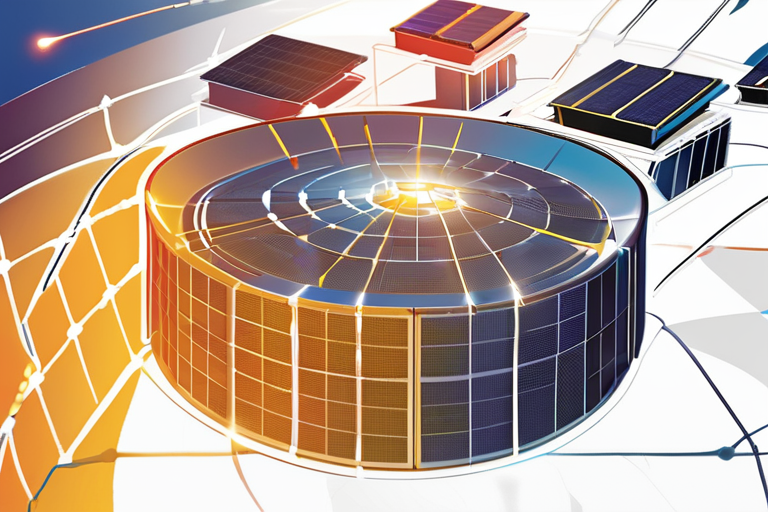
 Hoppi
Hoppi

 Hoppi
Hoppi
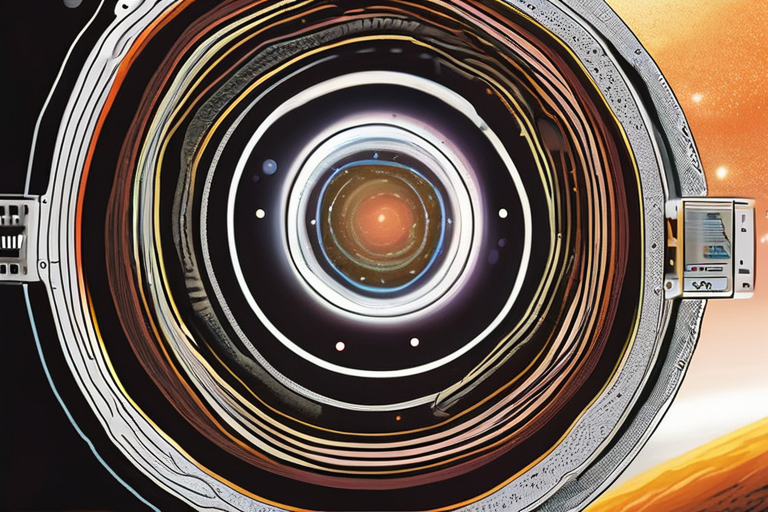
 Hoppi
Hoppi
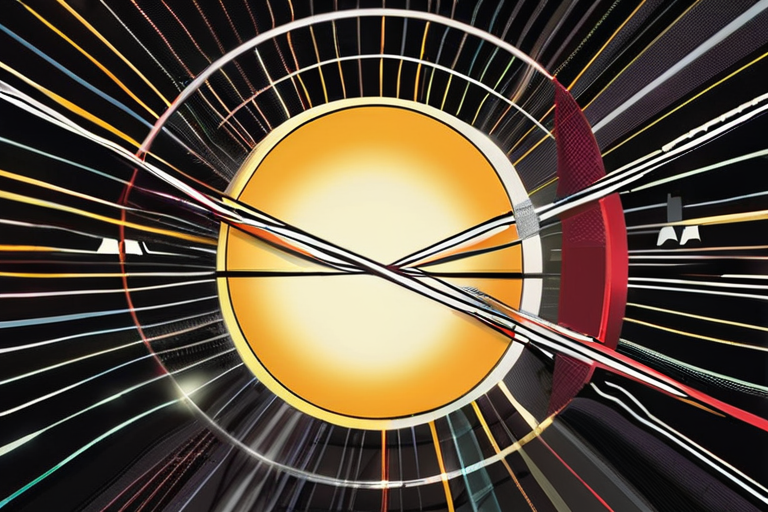
 Hoppi
Hoppi

Physicists Puzzled by Mysterious Streak in Cosmic Microwave Background BERLIN (AP) — A long-standing anomaly in the temperature of the …

Hoppi

Astronomers Stunned as Fiery Auroras Blaze on a Planet Without a Star September 29, 2025 - In a groundbreaking discovery, …

Hoppi

Scientists Crack a 50-Year Solar Mystery with Scorching Discovery A team of researchers from the University of St Andrews has …

Hoppi

Citizen Scientists Uncover Perfect Extragalactic Venn Diagram, Shedding Light on Cosmic Structures A team of citizen astronomers has made a …

Hoppi

Mysterious Streak in the Universe's Afterglow Defies Explanation BERLIN, GERMANY - A long-standing enigma in the universe has taken a …

Hoppi

The Sun's Hidden Poles Finally Come into View A new era of solar research is dawning with the upcoming launch …

Hoppi